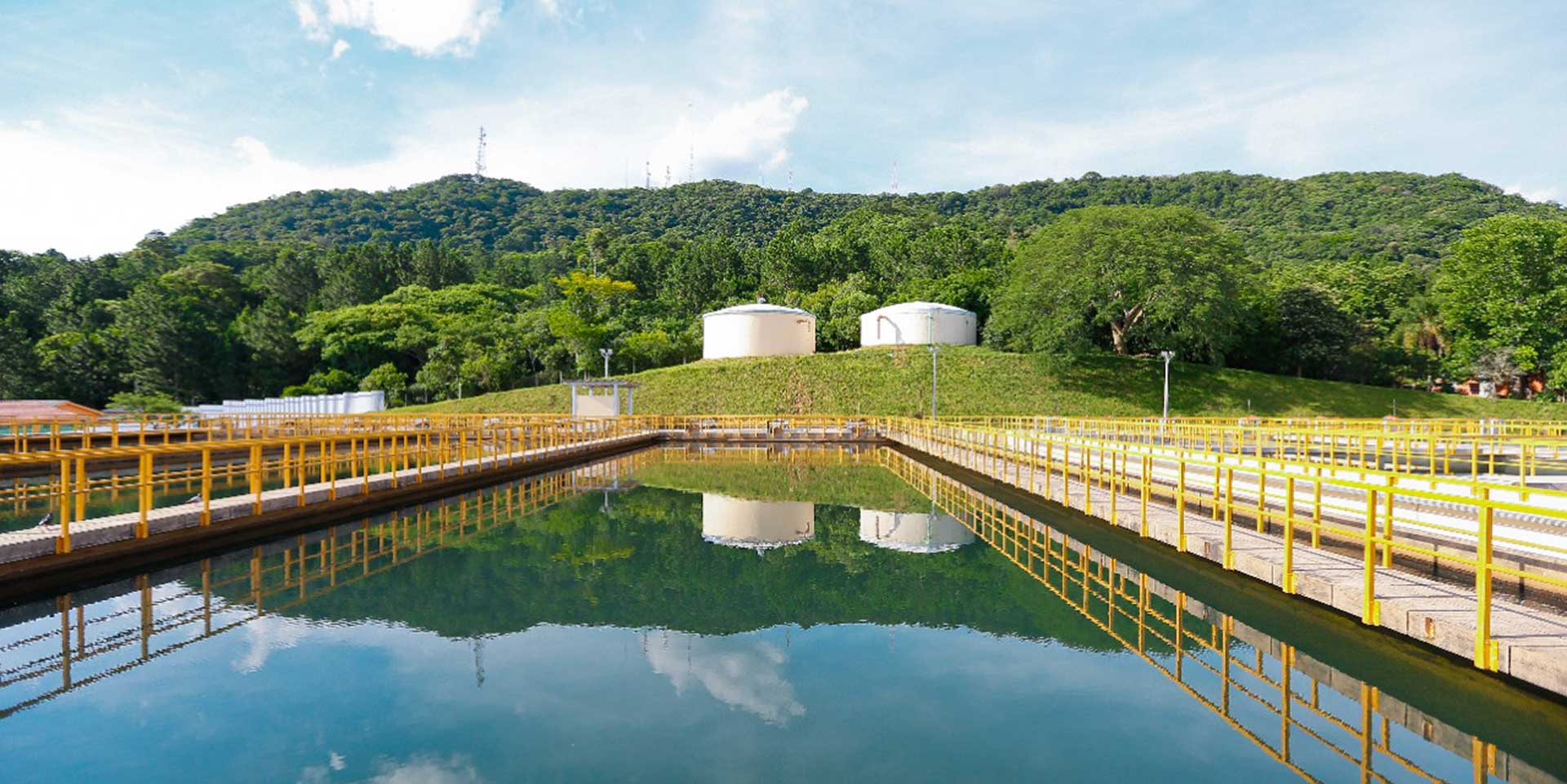Tapping into Brazil’s Currency Dynamics: A Beginner’s Guide
As South America’s largest economy and a key player on the global stage, Brazil offers an exhilarating tableau for those venturing into its currency market. Home to the Brazilian Real (BRL), the nation’s economy, like its vast landscapes and rich culture, is a blend of dynamism and complexity. For beginners curious about forex trading, especially with a focus on Brazil, understanding the country’s currency dynamics becomes essential.
Brazil’s economy is a mosaic of influences. Its vast natural resources, particularly in agriculture and mining, have made it a significant player in the commodities market. Products like coffee, soybeans, and iron ore play pivotal roles in shaping the trade balance. Consequently, any shift in the global demand for these commodities or changes in their prices can create ripples in the value of the Brazilian Real. For those embarking on currency trading, staying attuned to the health of Brazil’s export sector can offer valuable insights.
Monetary policy, a crucial tool in the hands of Brazil’s central bank, also plays an instrumental role in shaping the trajectory of the BRL. Interest rate decisions, designed to manage inflation or stimulate economic growth, have a direct bearing on currency value. Higher interest rates, for instance, can attract foreign capital, leading to an appreciation of the Real. Conversely, rate cuts could lead to depreciation as foreign investments might seek better returns elsewhere. Therefore, keeping an eye on the pulse of Brazil’s monetary policy is vital for anyone keen on the nation’s currency trends.
In addition to this, other essential factors include political stability and economic reform. Brazil, a country whose democracy is alive and well, has experienced its fair share of political swings. substantial shifts in investor sentiment can have a substantial impact on the value of the real on the currency market. These shifts might be caused by changes in policy, the quality of governance, or even the results of elections. Those who are interested in forex trading would do well to have a sophisticated awareness of the political situation in Brazil and the potential impact that it could have on economic policy.
The state of the economy on a global scale also has some bearing on the outcome. In an increasingly interconnected globe, the state of Brazil’s economy can be affected by influences from the outside world. These variables include swings in the price of oil around the world as well as recessions in important trading partners. These kinds of external factors can, in turn, have an effect on the demand for the BRL. Consequently, although Brazil might be the major focus, expanding the lens to include economic trends from around the world might provide a more comprehensive picture for judgments on currency trading.
Technology’s rising influence on financial markets cannot be understated. The digitization wave, coupled with advancements in financial technology, is reshaping how currency markets operate. The proliferation of online forex trading platforms has democratized access, allowing even beginners to tap into Brazil’s currency dynamics with ease. Leveraging these platforms, which often come with analytical tools and real-time data, can be a significant advantage for those new to the game.
In conclusion, the Brazilian currency market, with its myriad influences, presents a compelling arena for exploration. The dance of the Brazilian Real is choreographed by a mix of domestic factors, global trends, and technological advancements. For beginners, the key lies in understanding these dynamics, staying informed, and leveraging technology. As with any journey, the world of currency trading centered on Brazil promises its share of challenges. Yet, for those willing to invest the effort in unraveling its mysteries, it also offers the thrill of discovery and the potential for rewarding outcomes.
